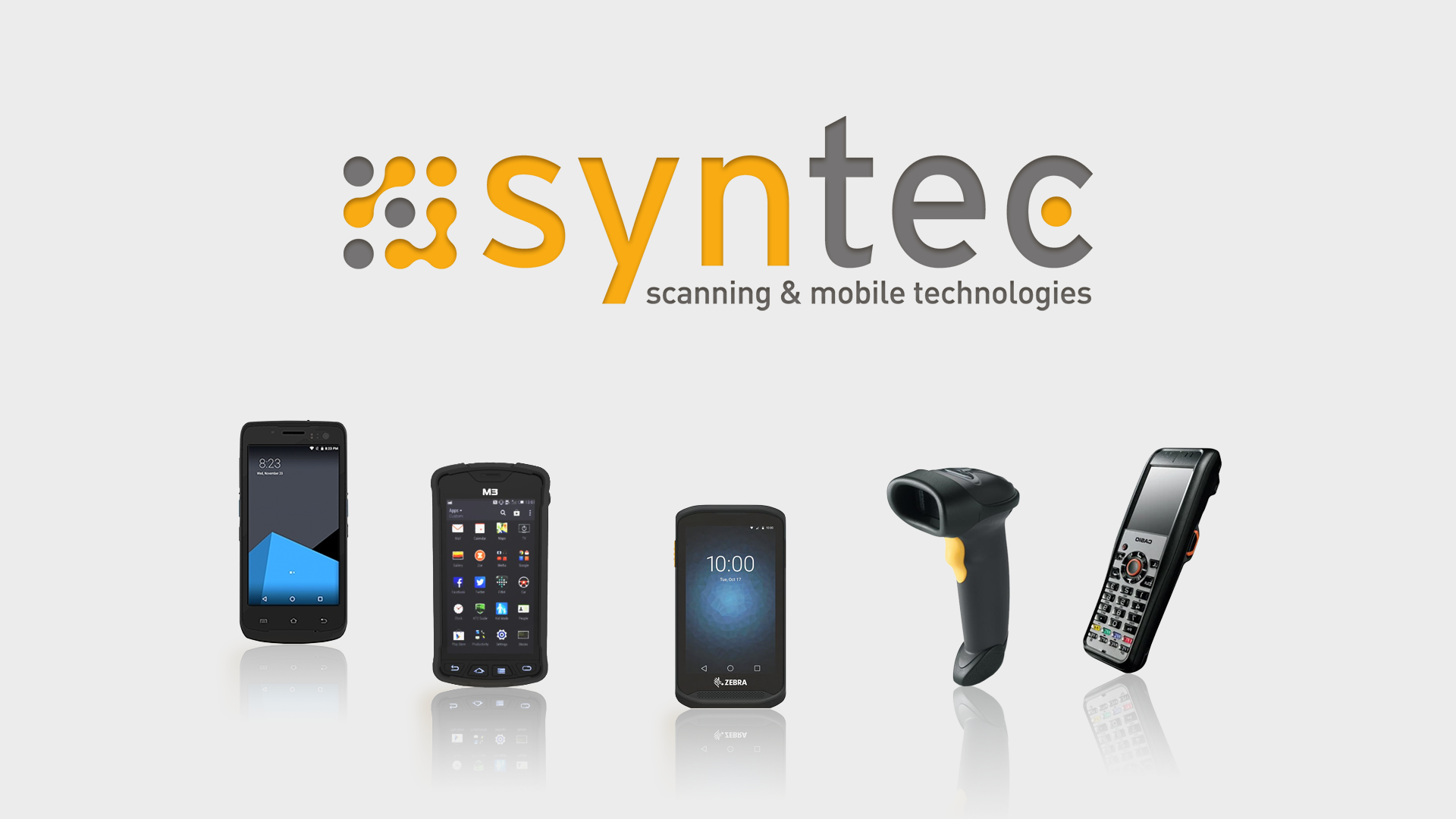
Four Key Wi-Fi Performance Factors
There is more involved in having a high-performance enterprise Wi-Fi network than just signal strength. Failure to take all of these factors into account can result in greatly reduced performance.
This list of questions will help you narrow down your choices to a few options and ensure that you make the right decision.
Factors that Influence Wi-Fi Performance:
1. Signal Propagation
The most obvious factor to consider is signal strength. Having a strong Wi-Fi signal is important for overall performance, but putting too much focus on signal strength can lead bigger issues, as we have written about before.
Wi-Fi signal is measured in dBi, which stands for decibels relative to isotropic. Wi-Fi signal is compared to isotropic radiation, which is an imaginary, flawless 360-degree signal. Different access points have different signal propagation patterns. Standard access points have an all-round signal that mostly goes outwards. Point-to-point atennas are highly directional, which enables them to transmit over a much longer range.
2. Signal Attenuation
Various environmental factors can diminish Wi-Fi performance. Factors that impact Wi-Fi signal attenuation include absorption, reflection, diffraction and multipath.
Absorption is when the radio waves are blocked by a material. Highly absorbing materials for Wi-Fi signals include concrete and brick. If a building contains a lot of these materials, it is vital to take signal absorption into account.
Diffraction is when a signal passes through a material and is weakened or muddled. A wide variety of materials can cause diffraction.
Reflection is when the signal bounces off a surface. Materials that are prone to causing reflection include glass, whiteboards and plastic.
Multipath can cause problems with Wi-Fi performance. This occurs when the client device is being bombarded with a variety of signals, including reflected and diffracted signals.
3. Throughput
Throughput measures the data transfer speed of your Wi-Fi network. Older Wi-Fi standards have lower throughput than newer Wi-Fi standards. Below is a table showing the maximum theoretical throughput of common Wi-Fi standards.
| Standard | Max Throughput |
|---|---|
| 802.11a | 11 megabits per second |
| 802.11b | 11 megabits per second |
| 802.11g | 54 megabits per second |
| 802.11n | 600 megabits per second |
| 802.11ac | 1300 megabits per second |
As you can see, there has been vast improvement in the throughput of more modern Wi-Fi technology. Here at Syntec, we specialize in deploying 802.11ac Wi-Fi networks to provide unrivalled throughput and speed. By partnering with Ubiquiti networks, we are able to deploy high performance Wi-Fi networks at an affordable price.
4. Channel Utilization
Channel utilization is a big factor in the performance of Wi-Fi networks. We have written before about the basics of channel planning and the negative impact of having too many access points. If a Wi-Fi deployment has too many access points nearby each other, they will interfere with each other and weaken the performance. Through correct channel planning and intelligent placement of access points, channel utilization can be improved.
There are other factors that impact channel utilization. Other nearby wireless networks can crowd channels and interfere with your network. The radio frequencies used and having a lot of users on the channel can also impact Wi-Fi performance.
Wi-Fi Health Check
If you are experiencing issues with your enterprise Wi-Fi network, our team can help. We will send an engineer onto site to check the health of your Wi-Fi network, troubleshoot problems and find solutions. Click the button below to book your Wi-Fi health check today.

Subscribe for Email Updates
Click the link below to sign up for weekly email updates about Barcode Scanning, Mobile Computing and Wi-Fi.

About the Author
Albert Clarke | Sales & Marketing Executive
Albert writes about all topics relating to barcode scanning, mobile computing, RFID and enterprise Wi-Fi. You'll also see him regularly present videos on our YouTube Channel. He's passionate about new technology and the impact it can have.
